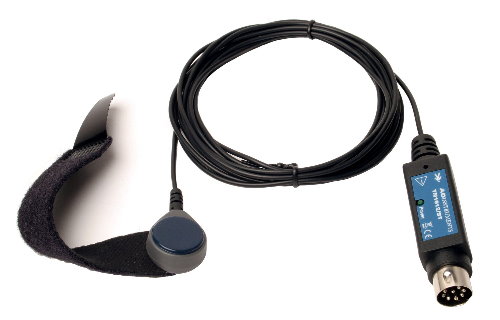
Intramembranous ossification results from osteoblast-induced calcification of collagen extracellular matrix in the absence of collagen template. In this process, endochondral or intramembranous ossification occurs before mineralisation. It resembles more of orthotopic or skeletal bone formation. Vascular calcification, which leads to arterial stiffening, is an active process that resembles bone formation and is controlled by complex enzymatic and cellular pathways. Arterial stiffening is associated with a widened pulse pressure (PP) that eventually progresses to isolated systolic hypertension, a condition affecting 30% of adults by the time they reach 80 years of age. The stiffening of the aorta, combined with the absence of diastolic augmentation from the reflected pressure wave, has the potential to reduce coronary filling. It causes augmentation of systolic blood pressure (SBP) and increased cardiac afterload. As the aorta stiffens, the velocity of the pressure wave increases and the reflected pressure wave eventually reaches the heart earlier i.e., at systole. This reflected wave helps augment pressure during diastole when coronary blood flow occurs. In a normal elastic aorta, the pressure wave reflects from the periphery and returns to the heart during diastole. These changes result in a gradual stiffening of the vasculature and an increase in the velocity of the pressure wave as it travels down the aorta. Serum OPG level and serum TG levels emerged as major influencing factors of baPWV values in both genders irrespective of age.Īgeing of the arterial system is accompanied by structural changes, including fragmentation and degeneration of elastin, increase in collagen, thickening of the arterial wall and progressive dilatation of arteries. Serum cholesterol, TG, LDLc and VLDLc levels in females were increased with age. The values of baPWV also exhibited an increasing trend with age. With increasing age, cardiovascular parameters such as central blood pressure, peripheral blood pressure and AIx (%) were increased in both genders, and PPR was decreased in males. Regression analysis revealed that serum TG and OPG levels were strongly associated with baPWV in both genders. Other cardiovascular parameters such as cSBP, cDBP, cMAP, brachial SBP and MAP influenced baPWV values in both genders, but biochemical parameters such as serum cholesterol, LDLc influenced baPWV values in the male participants in the present study.

Serum OPG level was found to be a major factor influencing the values of baPWV in both males and females. Aged females showed significantly higher AIx (%), cPP, brachial PP, serum cholesterol, triglyceride (TG), low-density lipoprotein cholesterol (LDLc) and very LDLc (VLDLc) in comparison to younger females. Aged males had significantly higher AIx (%), cPP and brachial PP in comparison to younger males. Females had significantly higher values of BMI, AIx (%), cSBP, cPP and brachial PP than males. Males had significantly higher value of height, weight and PPR than females.

P < 0.05 was considered as statistically significant. Multiple linear regression analysis was performed to determine the factors associated with baPWV. Spearman correlation analysis was performed to determine any association between baPWV and other parameters. Kruskal–Wallis test was performed to compare the differences of the parameters. Serum samples were analysed to estimate OPG level and lipid profile. Mean arterial pressure (MAP), pulse pressure (PP) and PP ratio (PPR) were derived from the recorded data. Brachial systolic blood pressure (bSBP), brachial diastolic blood pressure, central systolic blood pressure (cSBP), central diastolic blood pressure (cDBP), heart rate, augmentation index (AIx) and baPWV were recorded after 10 min of rest.

It was a cross-sectional, observational study conducted on apparently healthy 118 male and 114 female subjects of age group 30–>60 years without any cardiovascular or peripheral vascular disease or on any antihypertensive and lipid-lowering therapy. We determined age-associated changes in physiological and biochemical parameters of arterial stiffness.

Brachial ankle pulse wave velocity (baPWV) and serum osteoprotegerin (OPG) are relatively new physiological and biochemical parameters to ascertain arterial stiffness. Arterial stiffness occurs with increasing age and it is an independent cardiovascular risk factor.


 0 kommentar(er)
0 kommentar(er)
